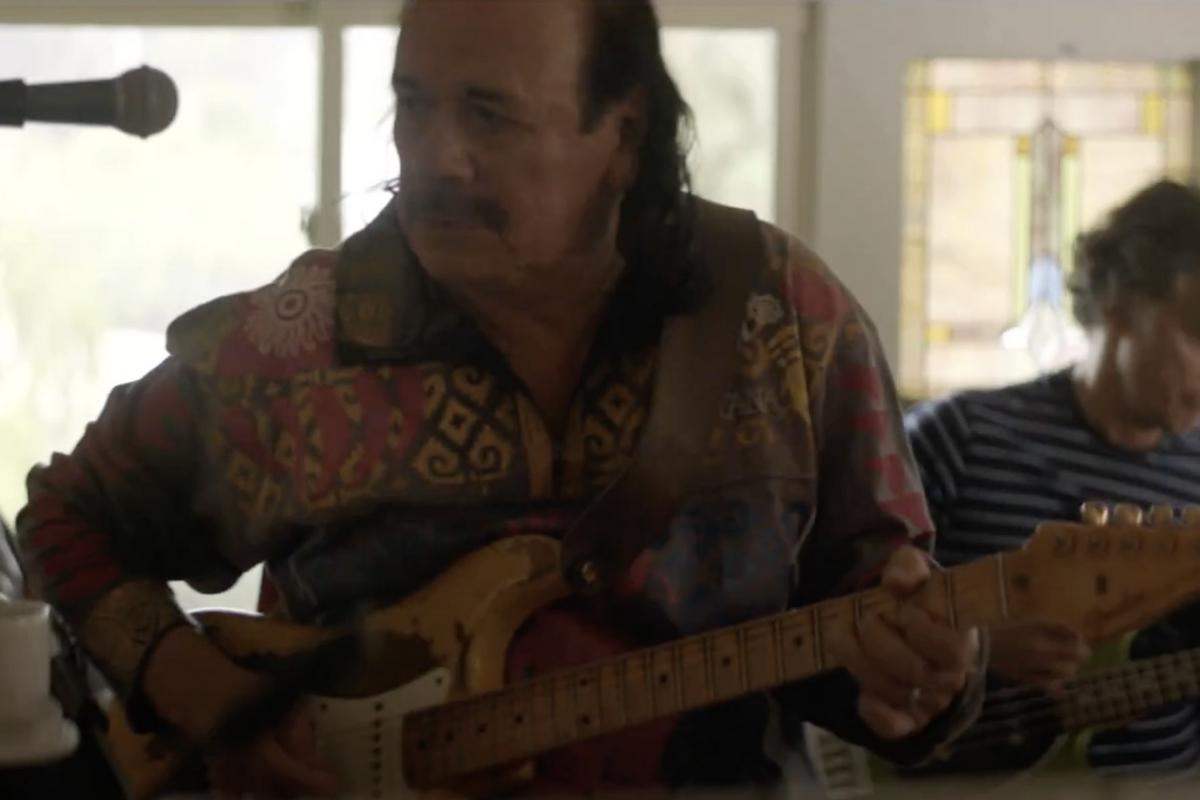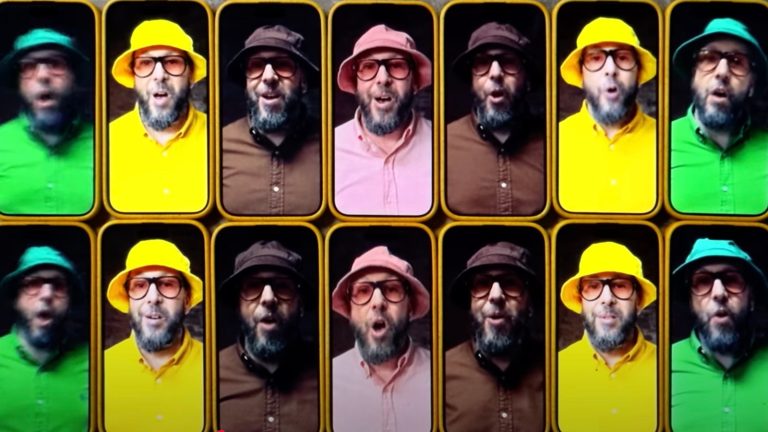Malibu is in ruins. But the legendary Shangri-La studio somehow still stands amid the apocalyptic fury and ashen remains of the Los Angeles fires.
Now owned by producer Rick Rubin, the studio was built in the hills above Zuma Beach to the precise specifications of the Band and Bob Dylan. Its name traces back to the original owner, an actress named Margo Albert who once appeared in the film adaptation of James Hilton’s Lost Horizon – where the utopia of “Shangri-La” was first mentioned.
For the Band, and then many others, this studio became just that. The Band’s Levon Helm once described Shangri-La as “a clubhouse and studio where we and our friends could record albums and cross-pollinate one another’s music.”
READ MORE: Top 10 Bob Dylan Songs
Dylan and the Band had just returned from a heralded 1974 reunion tour that would produce the live album Before the Flood. The Band’s often-overlooked late-period classic Northern Lights-Southern Cross was recorded at Shangri-La. Eric Clapton slept there while completing No Reason to Cry. Dylan did too – in a tent out in the garden.
The four-bedroom, three-bathroom ocean-view complex had mirrored walls and a Naugahyde bar, befitting its whispered past as a bordello. “Every now and then [Dylan] would appear and have a drink,” Clapton wrote in his autobiography, “and then disappear just as quickly.”
The Band’s Garth Hudson recorded keyboard overdubs for Van Morrison‘s Wavelength at Shangri-La. Bonnie Raitt made Green Light. Hudson’s bandmate Richard Manuel called it home for about a year, staying in a bungalow that was once the stable for TV’s Mister Ed when the show was filmed there. “It’s almost like an Abbey Road – an Abbey Road with a house around it,” former listing agent Shen Schulz told the Telegraph.
Watch a Trailer for Showtime’s ‘Shangri-La’ Documentary
Which Rock Stars Recorded at the Shangri-La?
Director Martin Scorsese and the Band’s Robbie Robertson used Shangri-La as a rehearsal space for 1978’s The Last Waltz, which included interviews filmed at the studio. The cover art for Clapton’s No Reason to Cry was taken inside. At times, however, the place itself could become a distraction.
“This was a drunk and disorderly sort of album and we didn’t really know where we were going,” Clapton later admitted. “We had no producer to begin with, other than our engineer Ralph Moss, and we just lost direction. Part of the problem was that the setting of the studios and the situation were so idyllic that I, for one, couldn’t get myself together sufficiently to write any songs.”
Dylan helped out, giving Clapton the previously unreleased song “Sign Language.”
Band engineer Rob Fabroni, who oversaw the space’s conversion into a studio, eventually bought Shangri-La. Among the others who recorded there over the years: Crosby Stills and Nash, Jackson Browne, Mark Knopfler and Keith Richards, who called Fraboni “a genius” in his autobiography Life. Fabroni left for a label job in the mid-’80s, however, and the studio fell silent.
A rebound began in the 2000s, first with the ownership of Beej Chaney of the Suburbs and then with Rubin. A string of well-known acts began stopping by again: Santana and Metallica did sessions there. Adele did, too. By 2019, the resurgent studio was the subject of a four-part documentary series on Showtime, simply titled Shangri-La.
Classic Rock’s 20 Worst Mistakes
Counting down the worst things that ever happened in classic rock.
Gallery Credit: Nick DeRiso
Why Don’t More People Like This Bob Dylan LP?




Leave a Comment